Capital initiative and technology are two factors that determine the success of the largest infrastructure project in Vietnam's history.
What did the Minister of Transport say about the concern that high-speed railways will 'miss their deadlines' like metro?
According to the plan, the North-South high-speed railway has a total investment of about 67.34 billion USD (equivalent to 1.7 million billion VND).
Borrowing from abroad or borrowing from the people?
According to information from the Ministry of Transport, it is expected that the state budget capital allocated in the medium-term public investment plans to invest in projects completed by 2035, or 12 years, will average 56 billion USD per year.
Currently, in the project development plan, Vietnam will borrow up to 30%, but has not decided whether to borrow domestically or from official development assistance (ODA). Some National Assembly deputies suggested that the Ministry of Transport should pay attention to and attract investment from large domestic enterprises, in order to mobilize resources from the whole society, reducing pressure on the state budget.
Sharing the same opinion that a large project with such an unprecedented scale in history needs to mobilize capital from many sources, Dr. Duong Nhu Hung, Ho Chi Minh City University of Technology, said that we should consider having loans from reputable international financial organizations such as World Bank, IFC...
The North-South high-speed railway has a particularly large capital source, unprecedented in Vietnam.
PHOTO: USING AI
"If we borrow from them, the disadvantage is that we have to meet many strict criteria and be absolutely transparent, but in return, they will also support us a lot in assessing feasibility. Most importantly, after their experts evaluate the project and agree to lend, it means that our project is guaranteed for reliability. At this time, credit funds and other financial institutions in the world will also feel secure to participate. Vietnam will have the opportunity to access many safe loan sources with low mobilization costs," said Dr. Duong Nhu Hung.
From another perspective, Dr. Le Xuan Nghia, former Vice Chairman of the National Financial Supervision Committee, affirmed that Vietnam can completely take the initiative in sourcing capital for the North-South high-speed railway project.
First, regarding government bonds, it is necessary to identify financial institutions such as commercial banks and insurance companies as the main buyers. Currently, Vietnam's GDP has reached 460 billion USD, the total assets of the financial system exceed 600 billion USD, equivalent to 16 million billion VND. The number of government bonds issued by the end of this year is about 350,000 billion VND, by 2035, it is expected to issue another 150,000 billion VND for the North-South high-speed railway, which will have a total value of 500,000 billion. This figure is only equal to nearly 3.2% of the total assets of the financial system.
On the other hand, commercial banks always reserve a portion of their assets, about 2-6% (depending on the size of the bank), to trade government bonds, because this is an asset that has almost no risk, good profits and very good liquidity. Not to mention, government bonds are now available on the secondary market and can be bought and sold freely and easily. Therefore, there is a lot of room for issuing government bonds to raise capital for the North-South high-speed railway.
Second, the North-South high-speed railway project passes through 20 provinces and cities, and all localities need to issue construction bonds to build stations, auxiliary works, and form commercial urban areas next to the stations. At this time, land prices in areas with high-speed railway stations will increase, and localities can sell land use rights around the train station area. The debt repayment capacity of local bonds is very good.
"In addition, we recommend that the Government allow the Central Bank to act as an agent to issue government bonds. At the same time, allow commercial banks to finance loans to corporations directly participating in the project without collateral. Instead, they will receive the right to collect budget debts on behalf of enterprises and manage the cash flow of enterprises for the project. This will not only create favorable conditions for enterprises to access credit capital to participate in investing in the North-South high-speed railway, but also help the State monitor cash flow, avoiding cases where enterprises use the State's advance money or bank loans to do other projects," Dr. Le Xuan Nghia suggested.
Select businesses to designate for cooperation and technology transfer
Regarding the issue of technology transfer, according to Minister of Transport Nguyen Van Thang, we have talked a lot about technology transfer, asking partners to transfer but not clearly to whom, leading to unsuccessful implementation. Now, the Government has directed and the Ministry of Transport has proactively deployed, selecting a number of large enterprises to designate them as national enterprises, to participate in cooperation and receive transfers.
"The transfer of core technology is not necessary because the demand for additional construction in the country is not high, we do not hope to have more high-speed railway lines. On the other hand, the technology for construction, production of locomotives and especially maintenance, repair and upgrading must be transferred. That is a crucial issue for us because maintenance and upgrading costs a lot of money and expenses. If we depend on foreign partners, it will be very expensive. Therefore, Vietnamese enterprises must definitely take responsibility and take ownership," Minister Nguyen Van Thang emphasized.
Studying the experience of China, South Korea and Taiwan, Associate Professor, Dr. Vu Anh Tuan, Director of the Vietnam-Germany Transport Research Center - Vietnam-Germany University (HCMC), noted that Vietnam needs to thoroughly apply the motto: Use the most advanced techniques and technologies, design and manufacture, and create a separate brand for Vietnam's national railway; only a few cars and engines are produced abroad, the majority must be assembled domestically to create a premise for domestic production of cars; transfer techniques must be complete, no technological secrets must be kept, the main factory must be in Vietnam and the price is reasonable.
To quickly access new technology and create a domestic production base, the experience of China and South Korea shows that the Government needs to make efforts to negotiate the establishment of joint ventures (50-50) or joint ventures between domestic railway companies and foreign companies. At the same time, because the infrastructure (stations, embankments, bridges, tunnels and viaducts) often accounts for more than half of the total project capital, the Government needs to come up with ways for Vietnamese contractors to act as main contractors to reduce construction costs and create jobs domestically.
If there are no constraints on investment capital, Associate Professor Dr. Vu Anh Tuan recommends that Vietnam should choose TGV technology (from France) or ICE (from Germany) because these technologies still ensure high operating speed (350 km/h), but the construction cost is lower than the Shinkansen, Maglev models of Japan or Tilting (Sweden, Italy). While the compatibility with conventional railways and urban railways is higher, more importantly, the domestication of the product is less difficult.
"The ability to access, master and develop TGV or ICE locomotive technology will be less difficult, the risk of failure will be lower than choosing Shinkansen because the technology is all "packaged". That is, all system details are in the hands of a manufacturer such as Alstom or Siemens, so it is possible to negotiate to buy one of their available models. As for Shinkansen technology, important details and components are scattered in the hands of a number of manufacturers, so it is very difficult to access them all. The risk of "keeping the technology secret" is high, so the ability to master the entire technology is very low", Associate Professor, Dr. Vu Anh Tuan expressed his opinion.
Thanhnien.vn
Source: https://thanhnien.vn/hien-ke-duong-sat-cao-toc-bac-nam-chu-dong-von-va-cong-nghe-the-nao-185241126231416226.htm

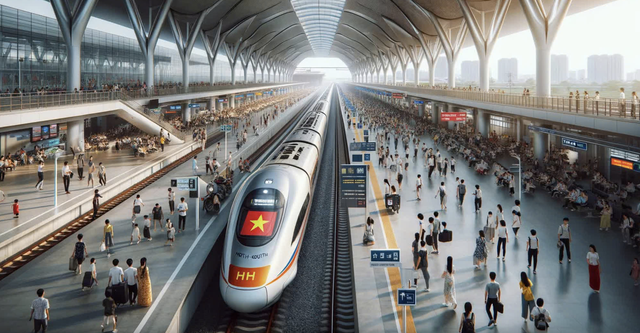
![[Photo] National Assembly delegates visit President Ho Chi Minh's Mausoleum](https://vstatic.vietnam.vn/vietnam/resource/IMAGE/2025/5/5/9c1b8b0a0c264b84a43b60d30df48f75)


![[Photo] General Secretary To Lam receives Sri Lankan President Anura Kumara Dissanayaka](https://vstatic.vietnam.vn/vietnam/resource/IMAGE/2025/5/4/75feee4ea0c14825819a8b7ad25518d8)
![[Photo] Bus station begins to get crowded welcoming people returning to the capital after 5 days of holiday](https://vstatic.vietnam.vn/vietnam/resource/IMAGE/2025/5/4/c3b37b336a0a450a983a0b09188c2fe6)



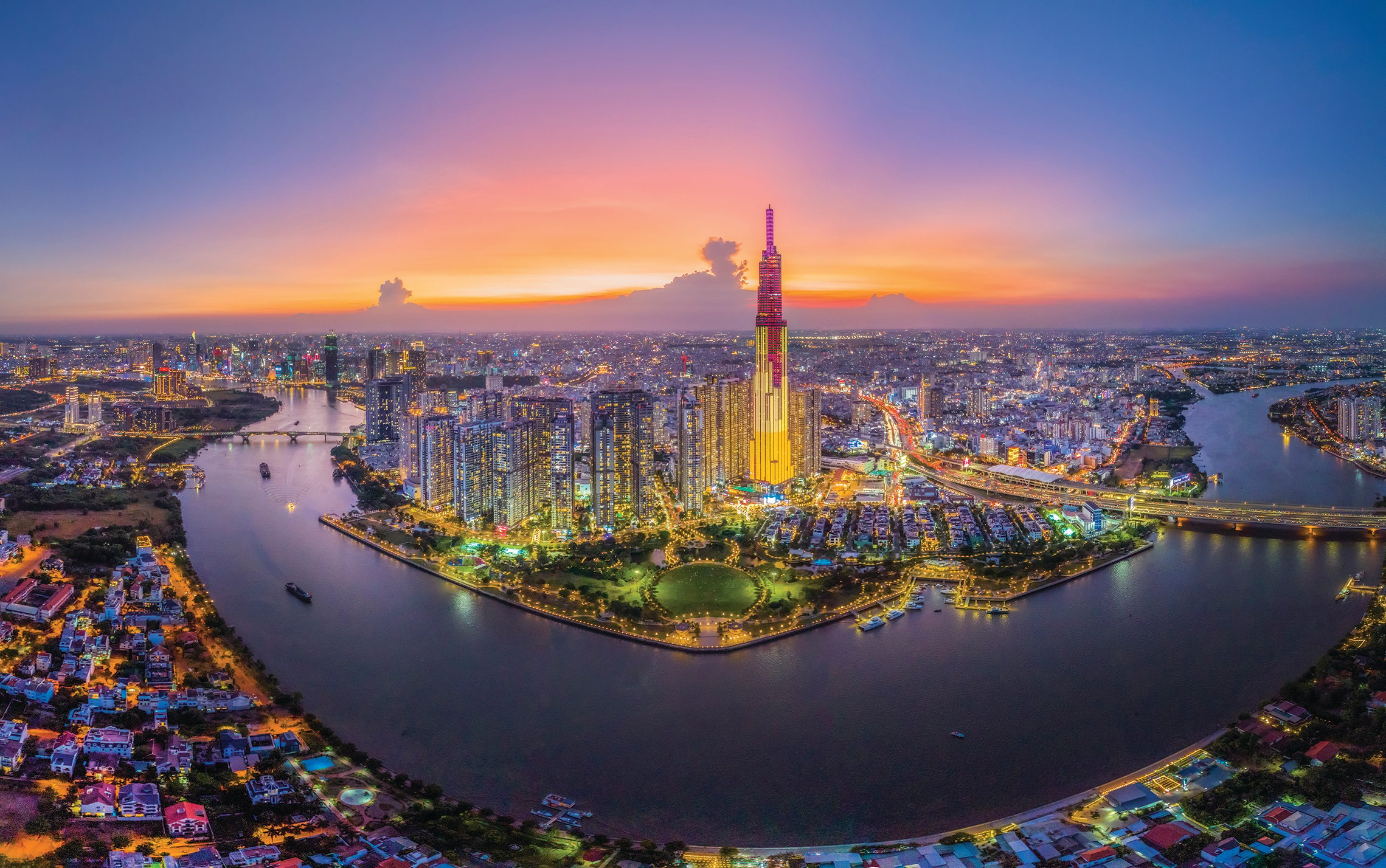

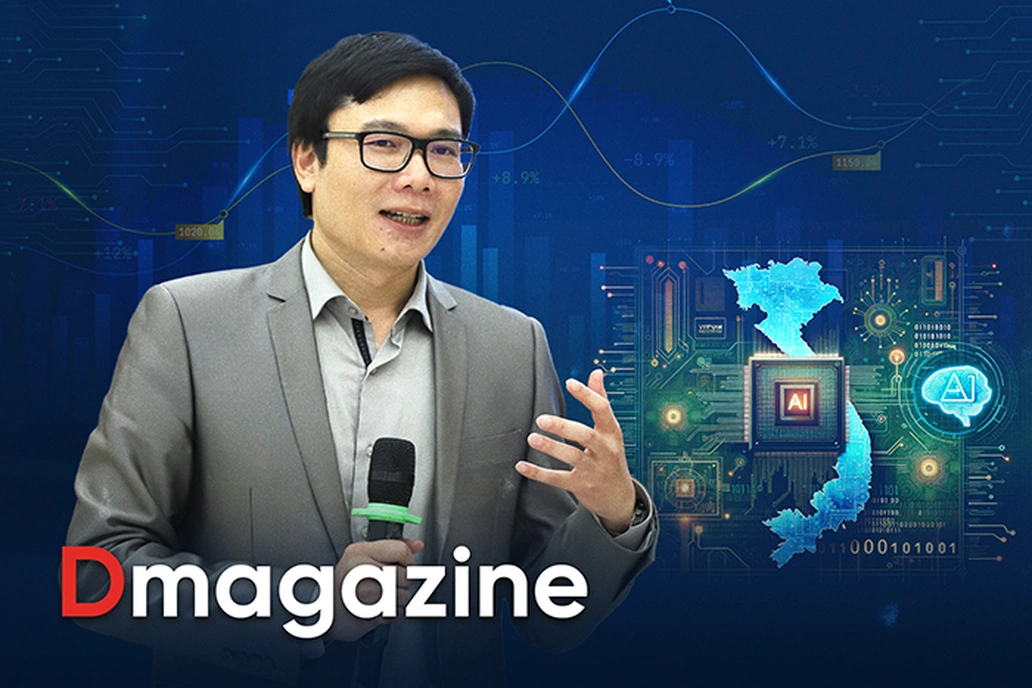

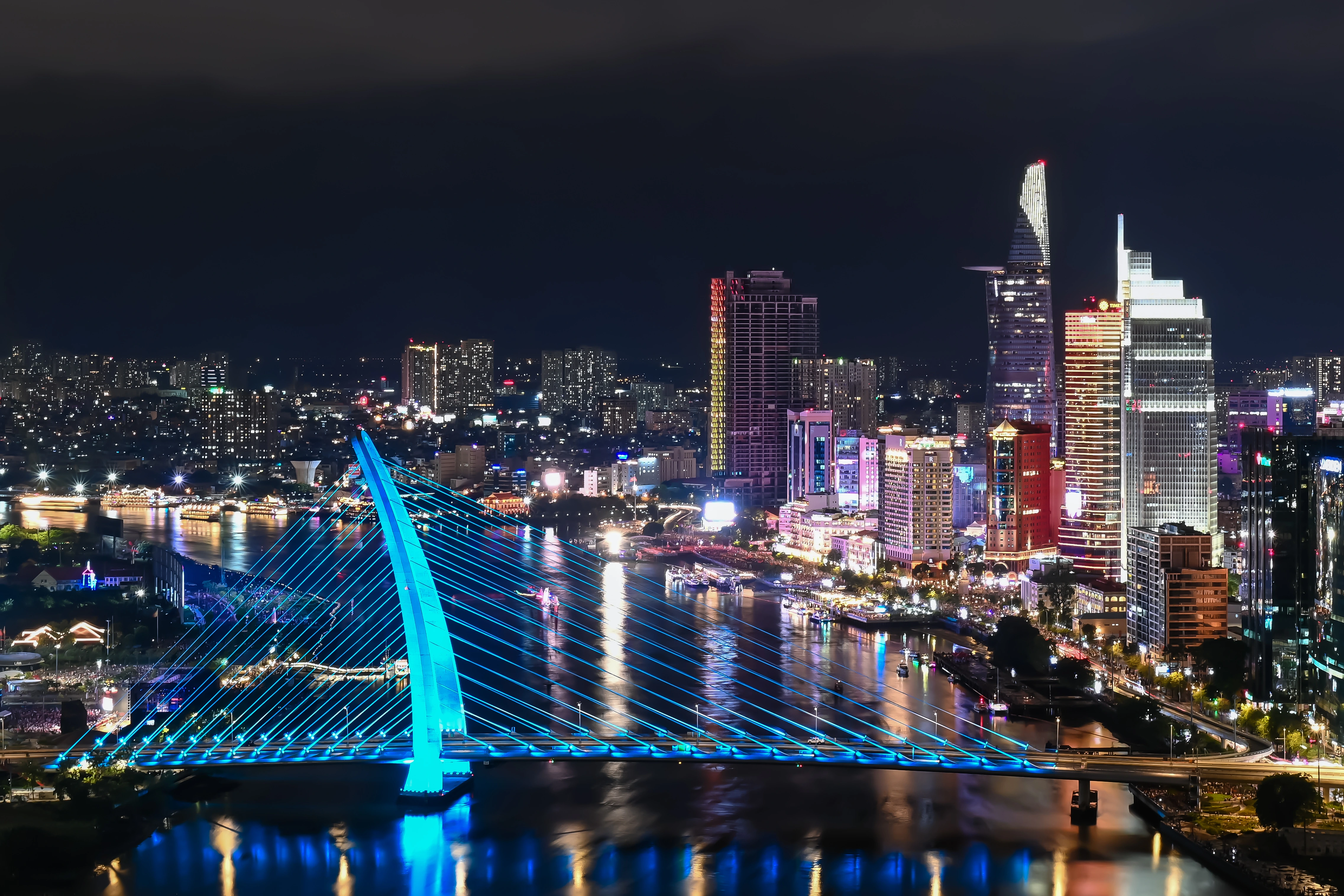

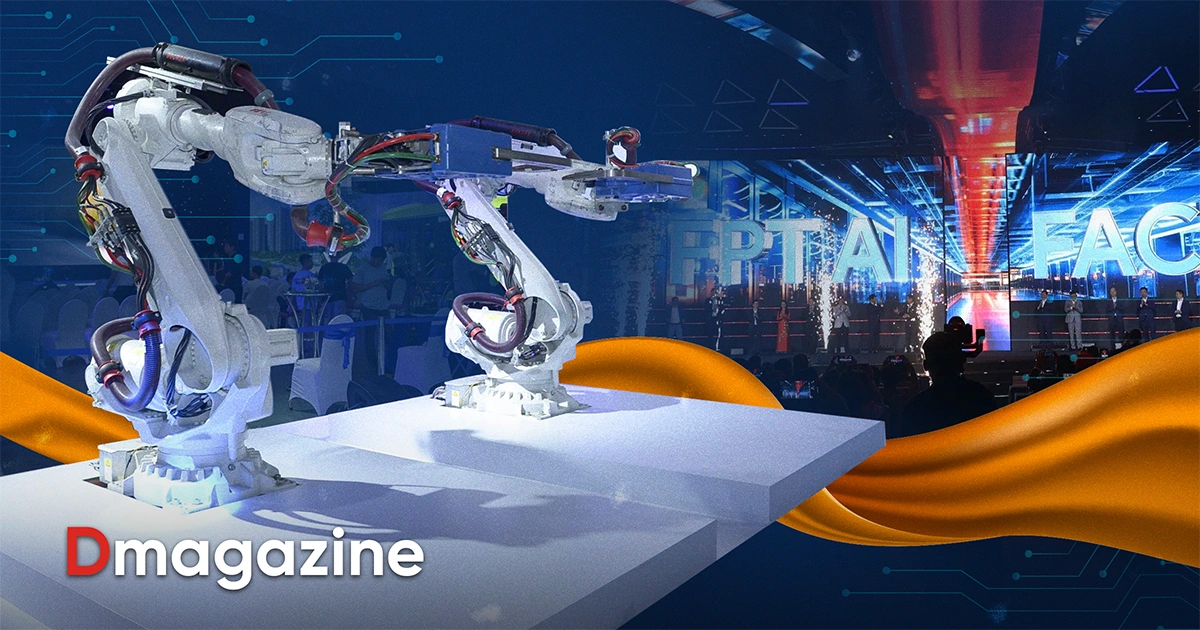
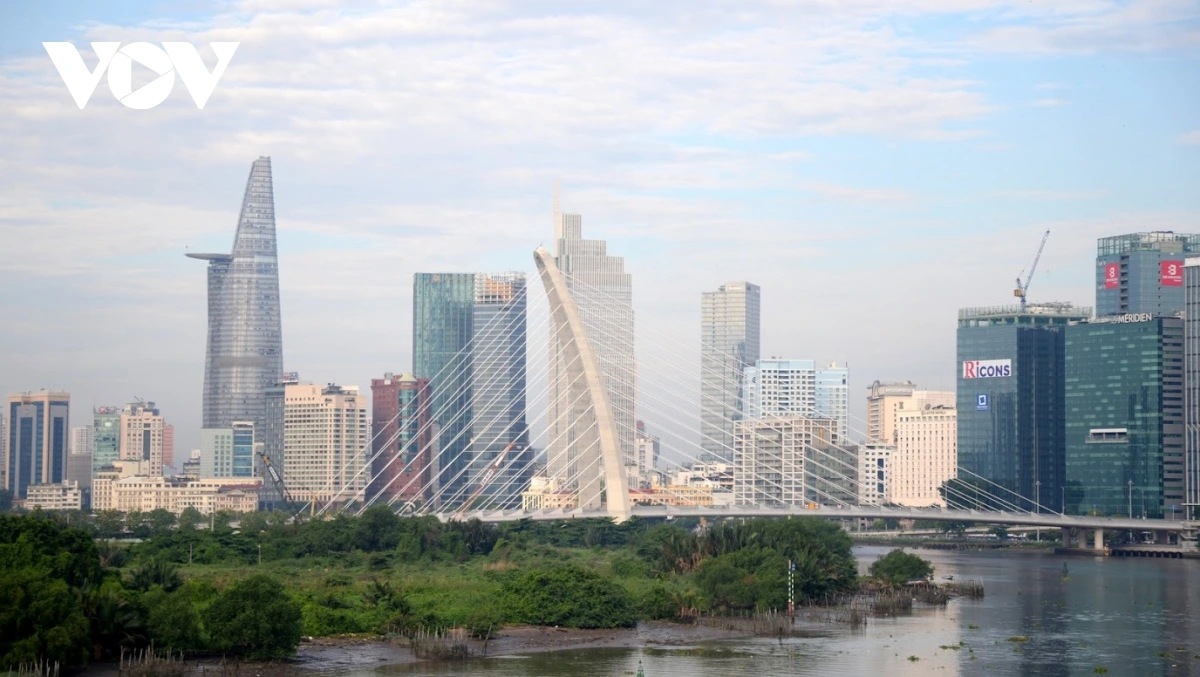

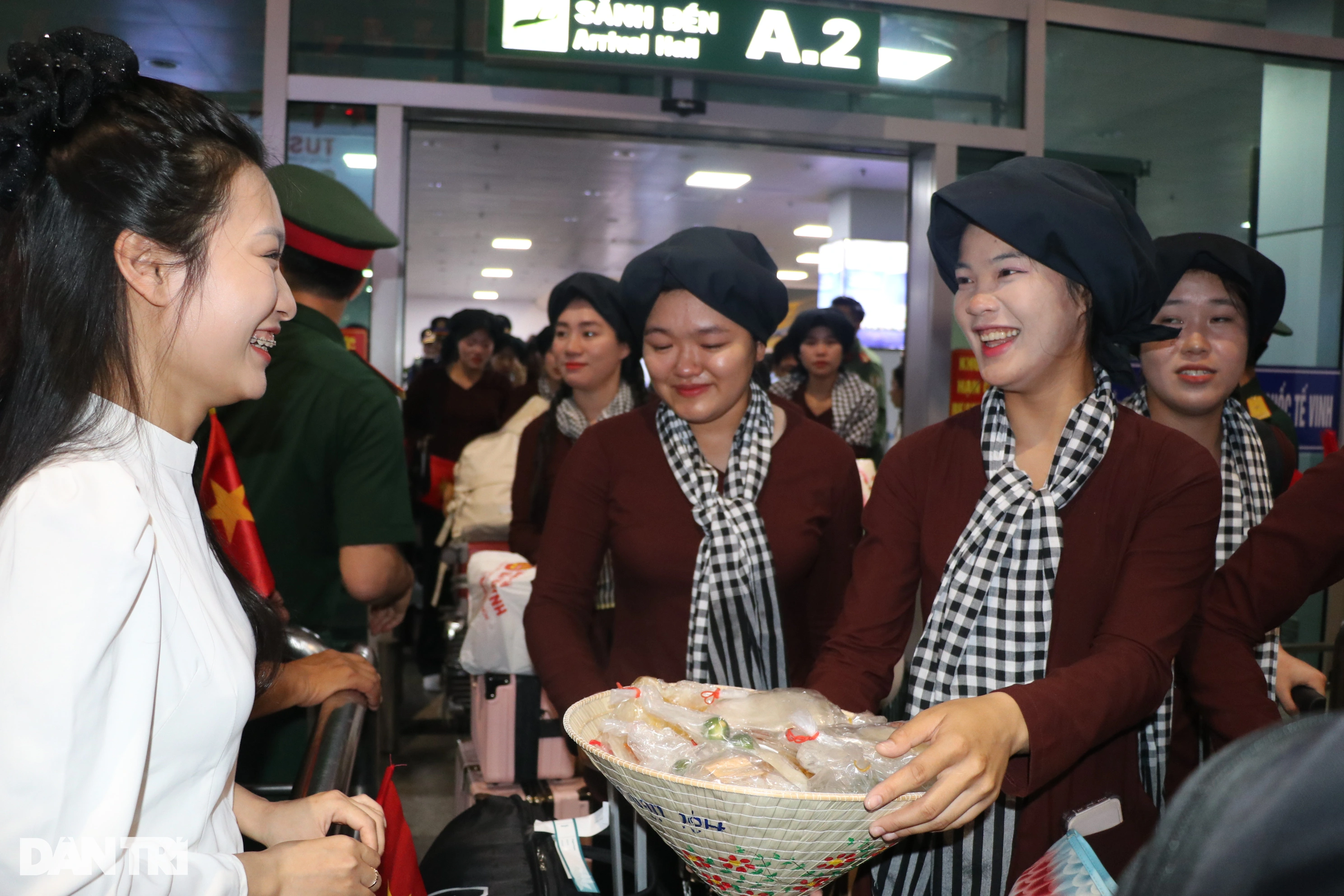

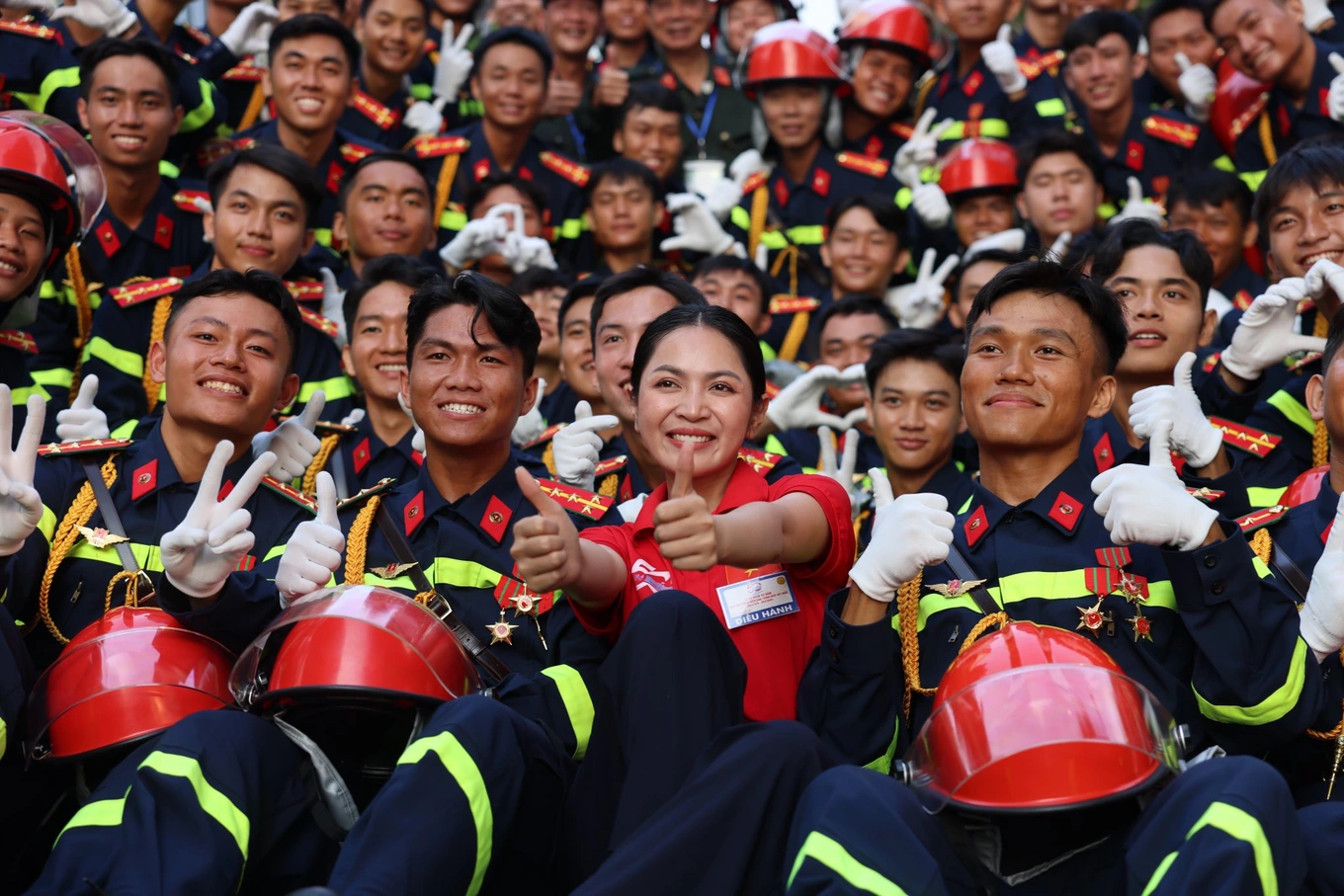
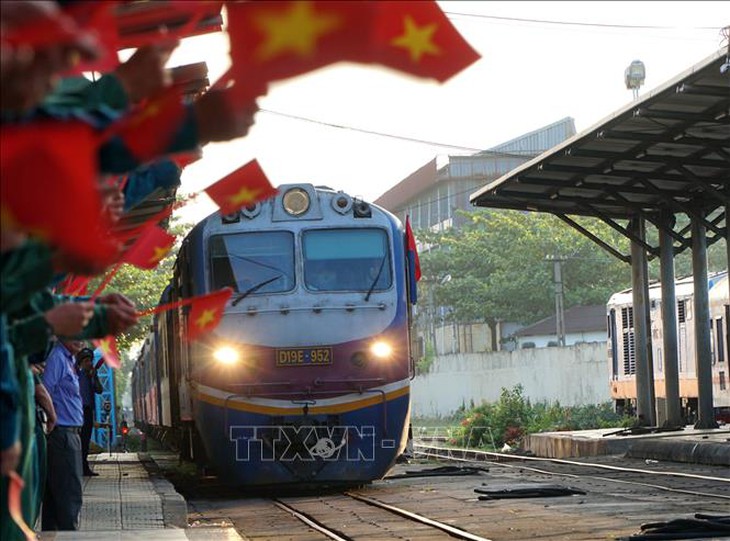




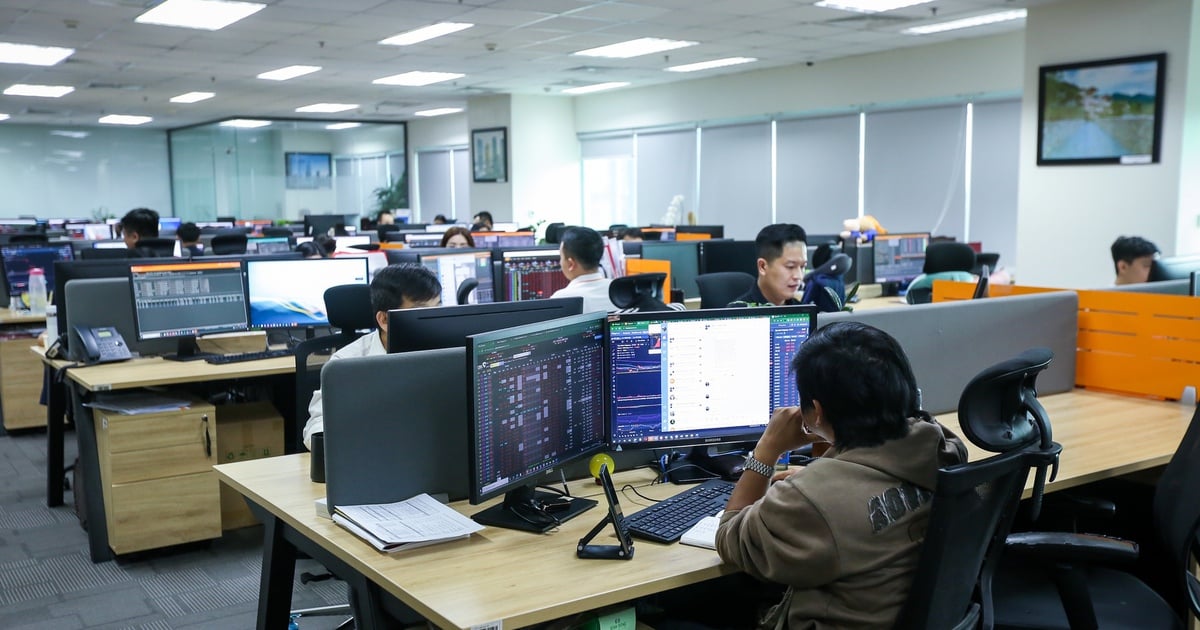



![[Photo] Vietnam shines at Paris International Fair 2025 with cultural and culinary colors](https://vstatic.vietnam.vn/vietnam/resource/IMAGE/2025/5/4/74b16c2a197a42eb97597414009d4eb8)





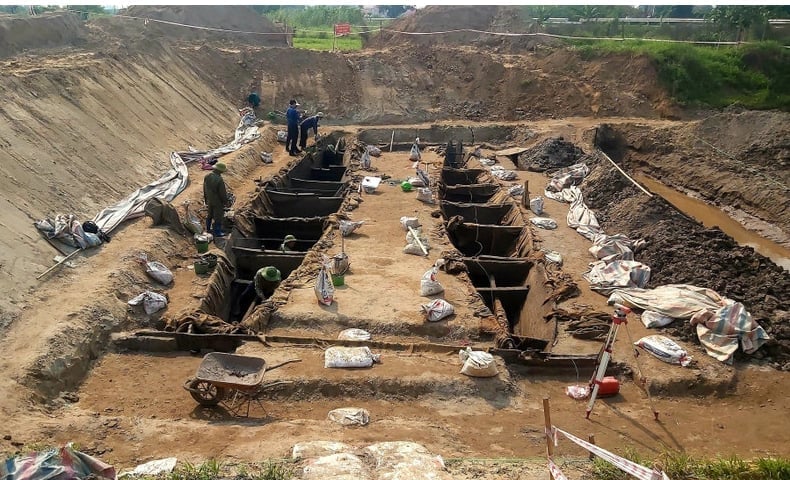




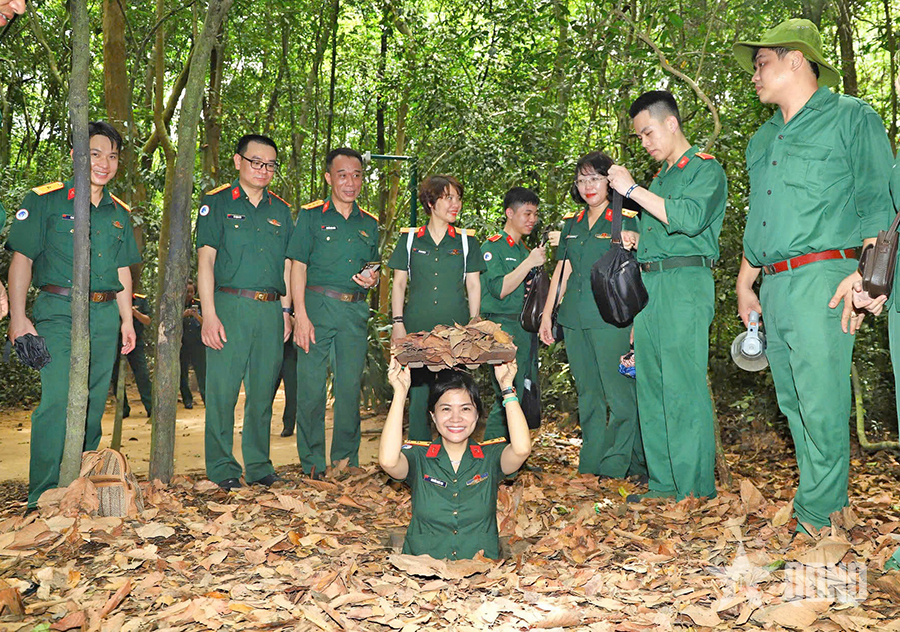




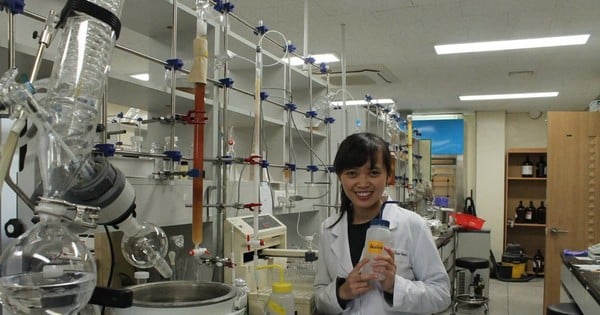



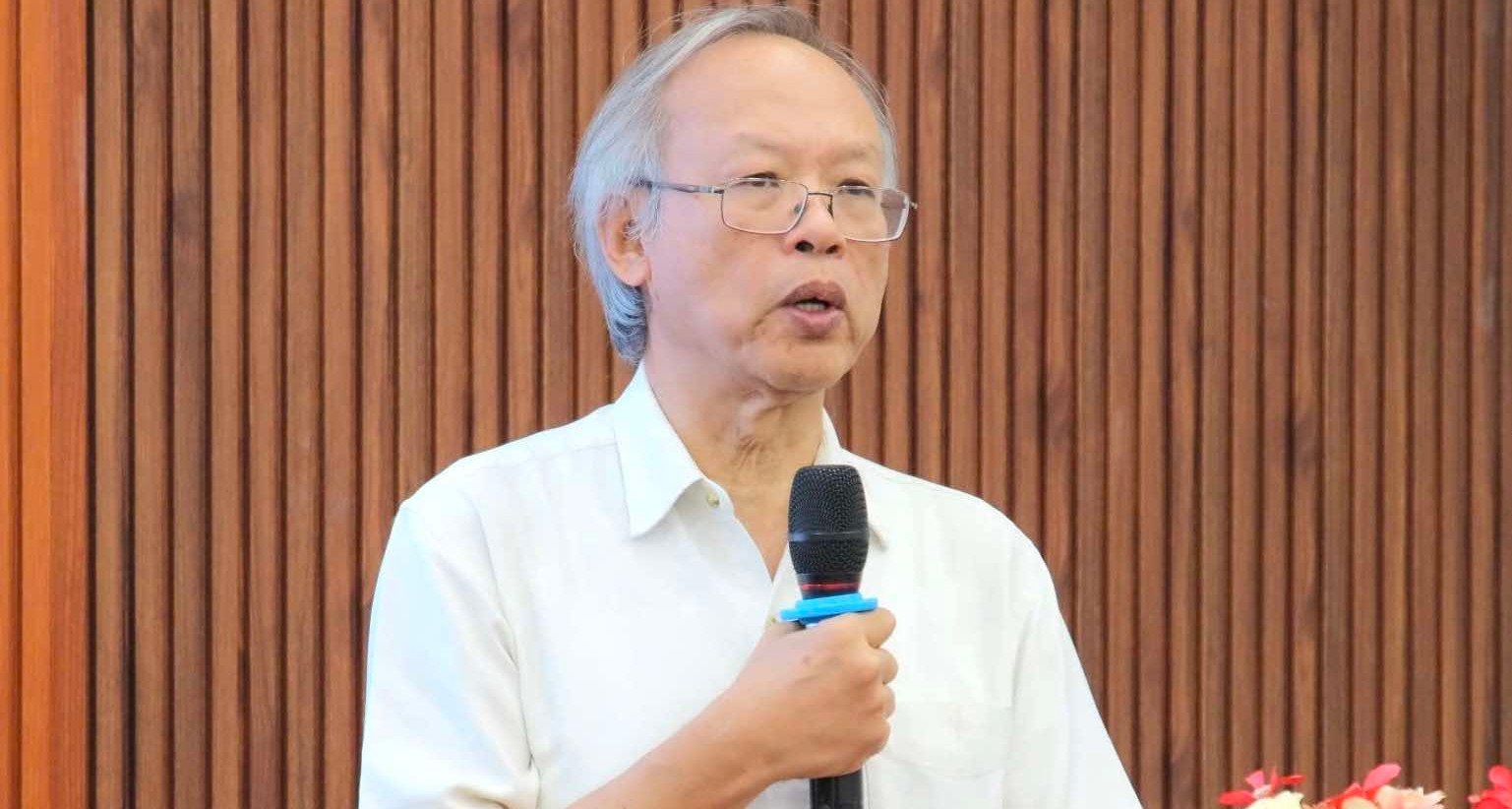
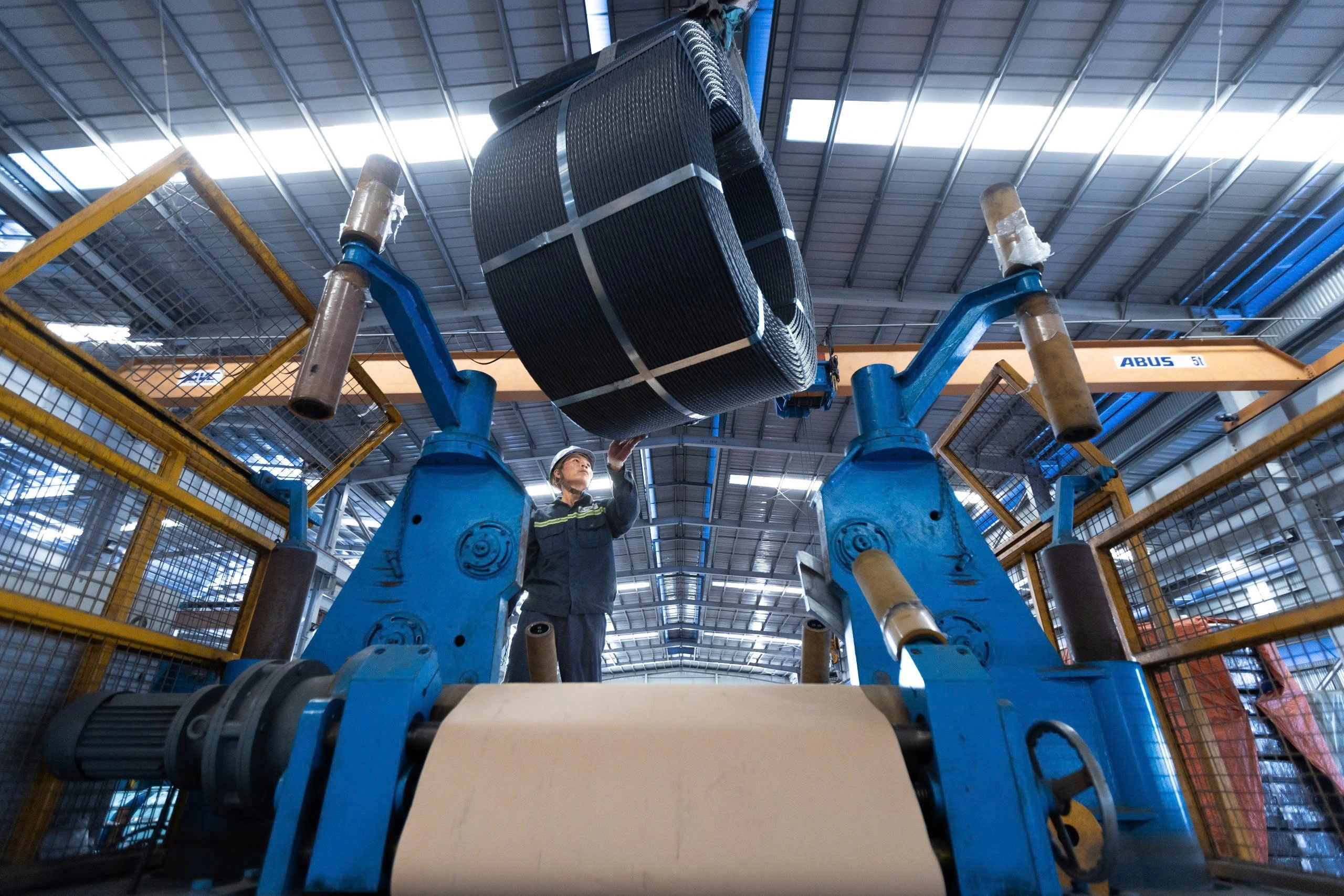
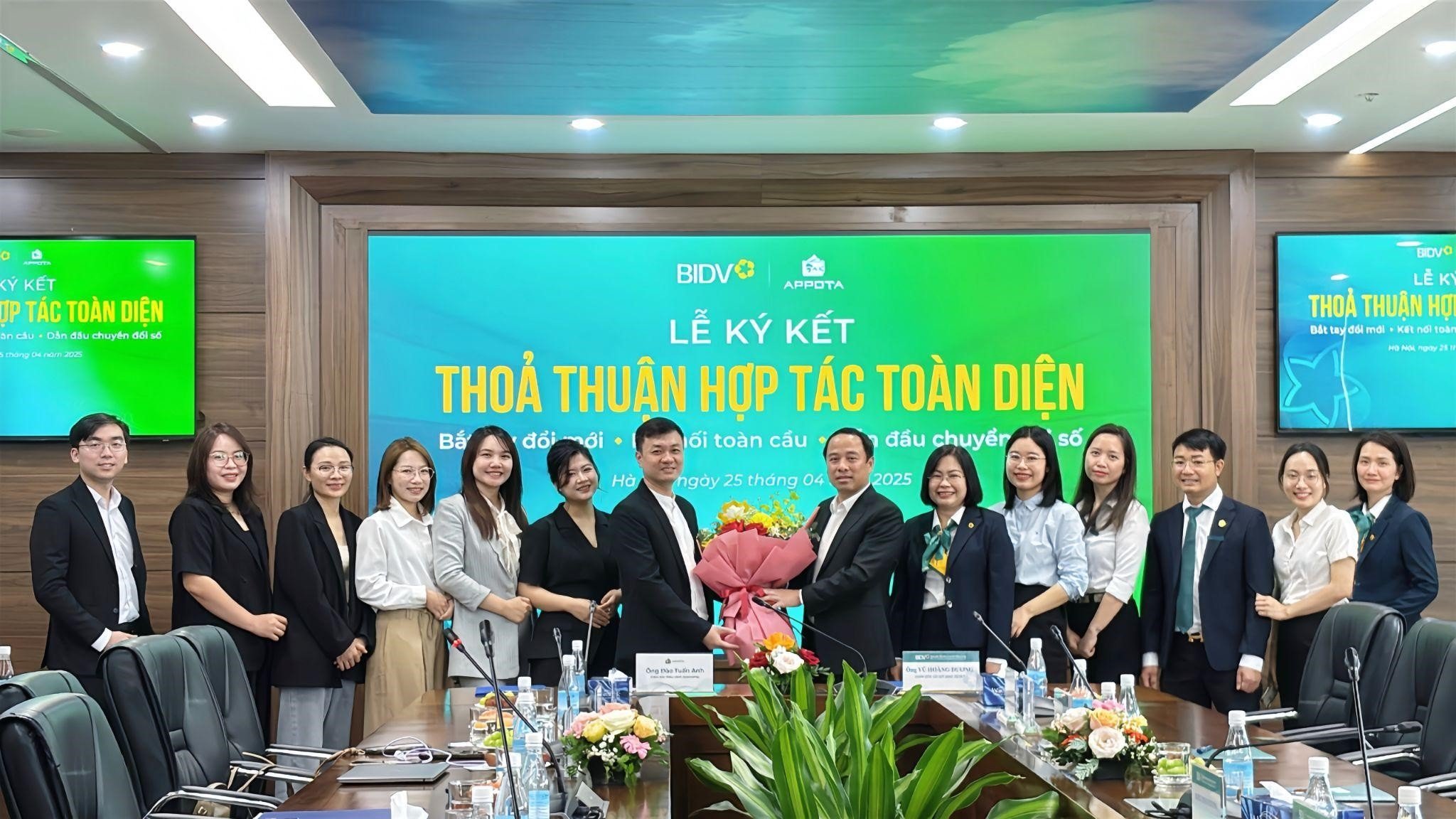

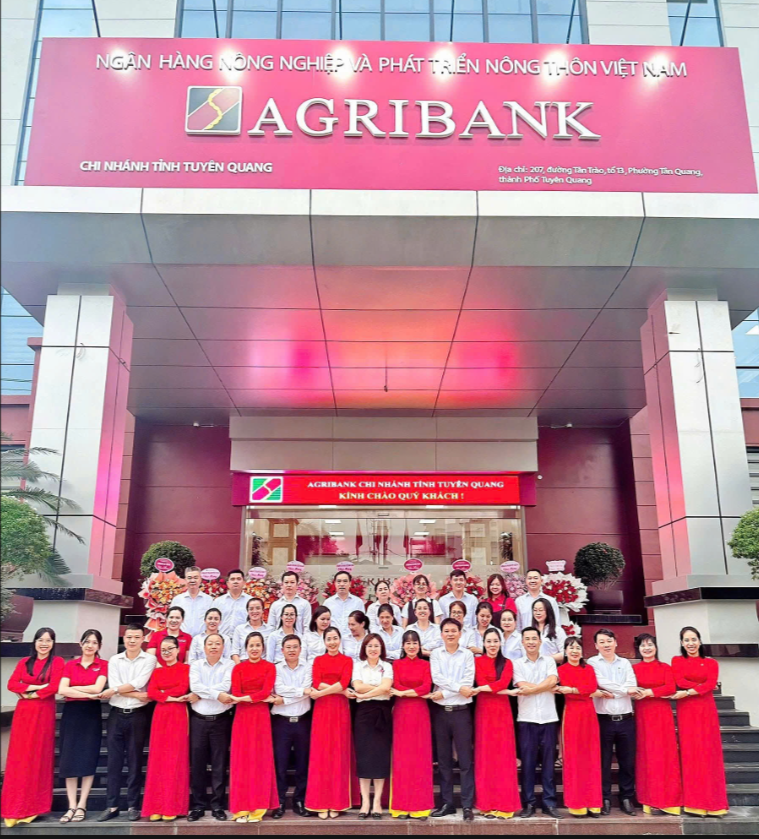
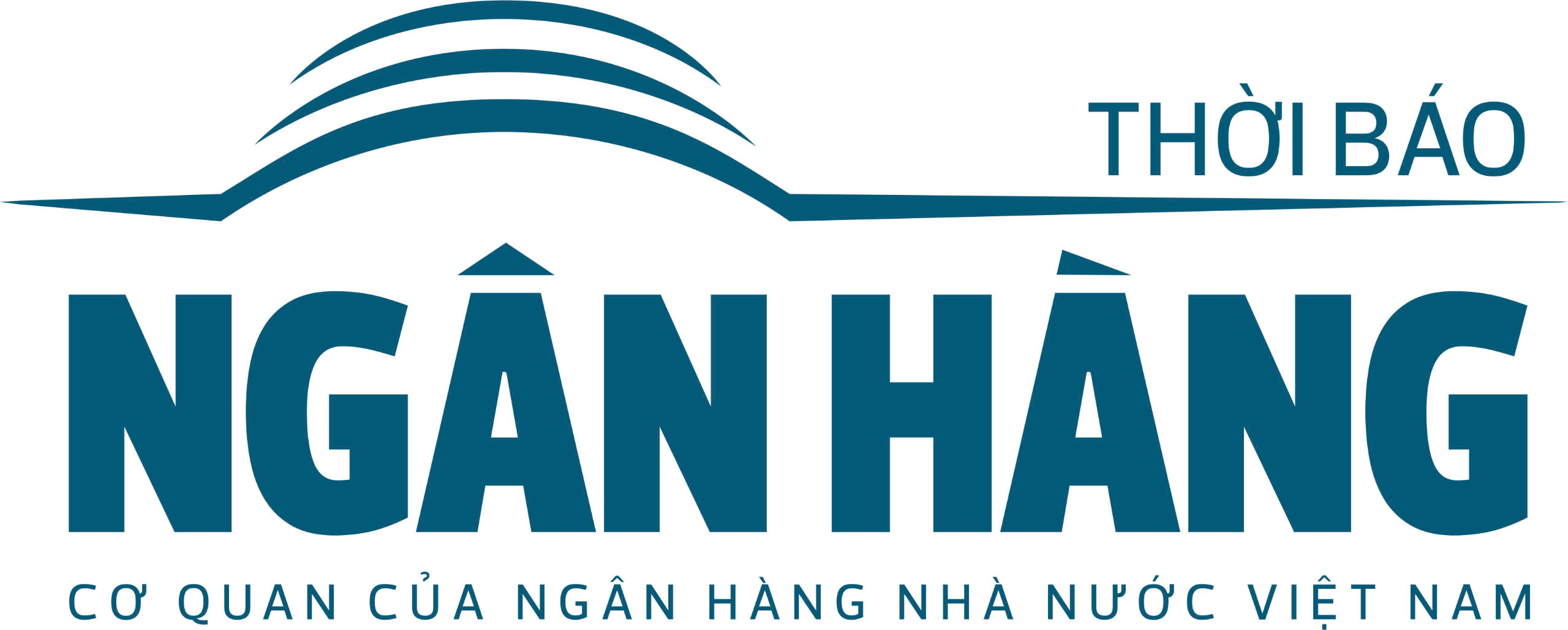
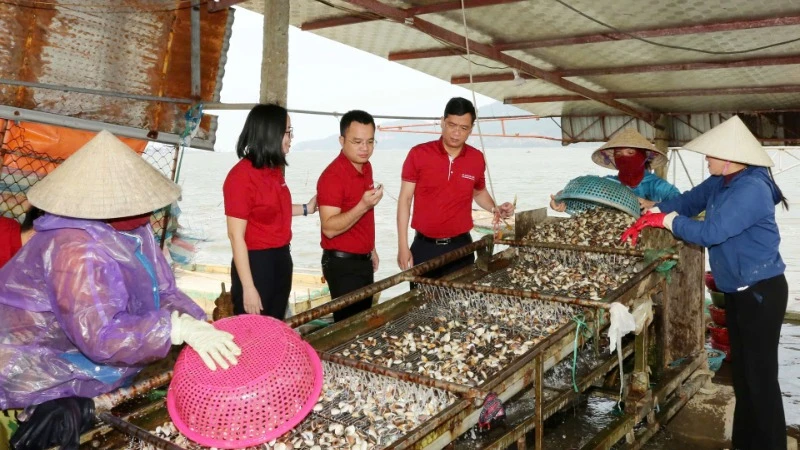

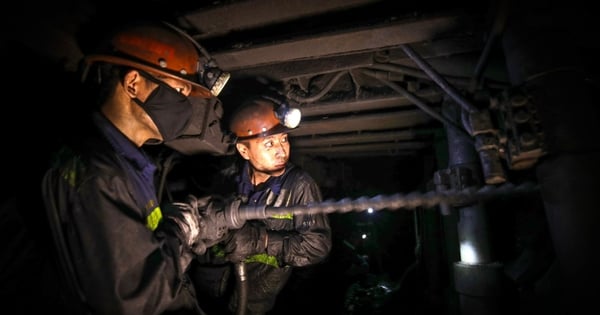





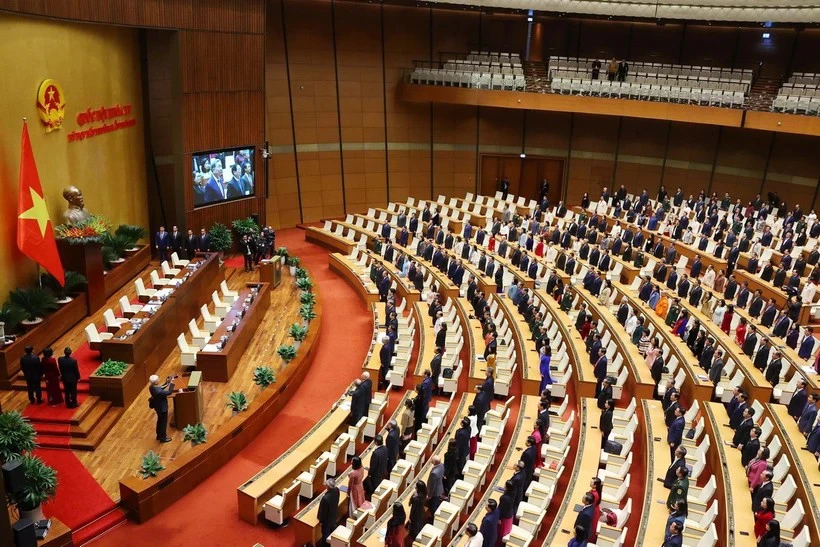





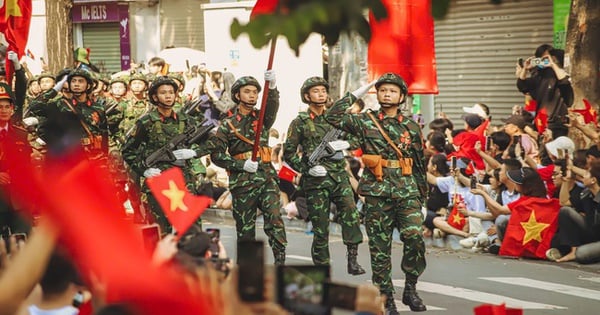
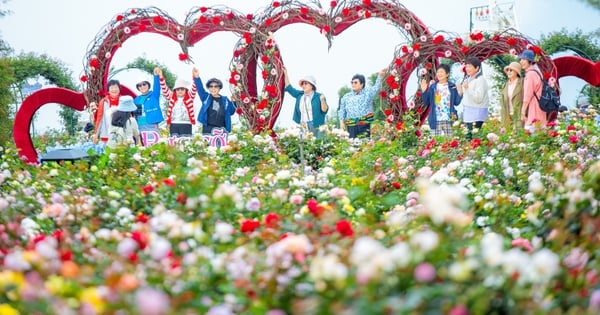
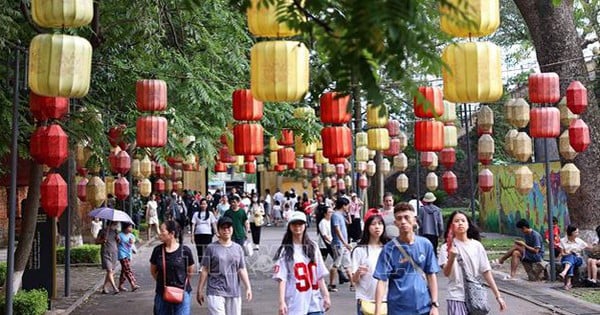










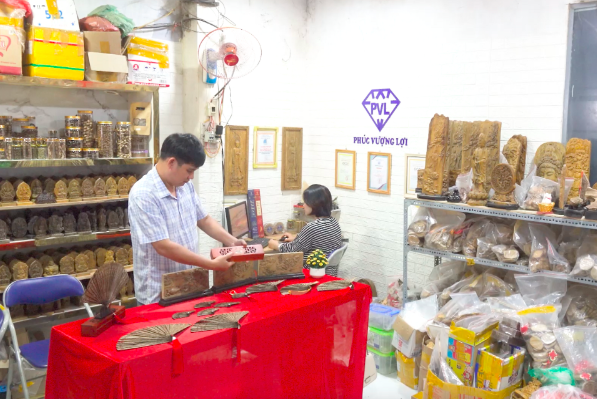
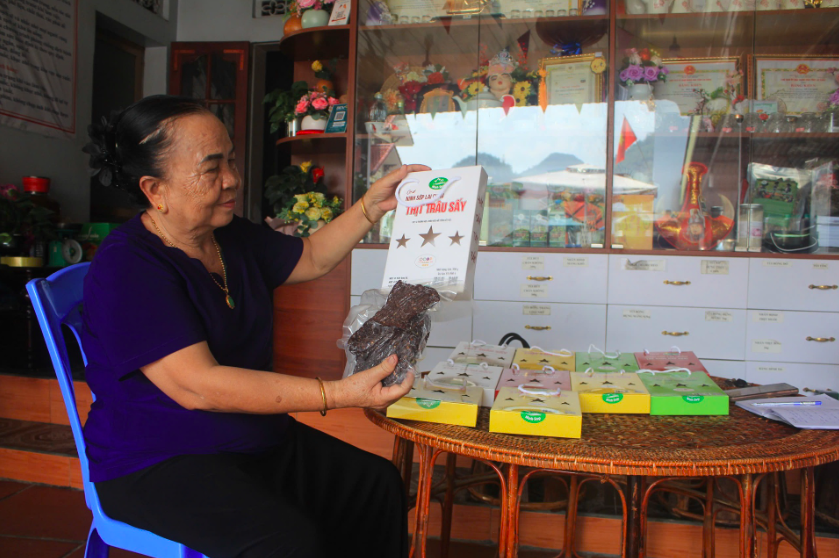

![[Video]. Building OCOP products based on local strengths](https://vstatic.vietnam.vn/vietnam/resource/IMAGE/2025/5/3/61677e8b3a364110b271e7b15ed91b3f)


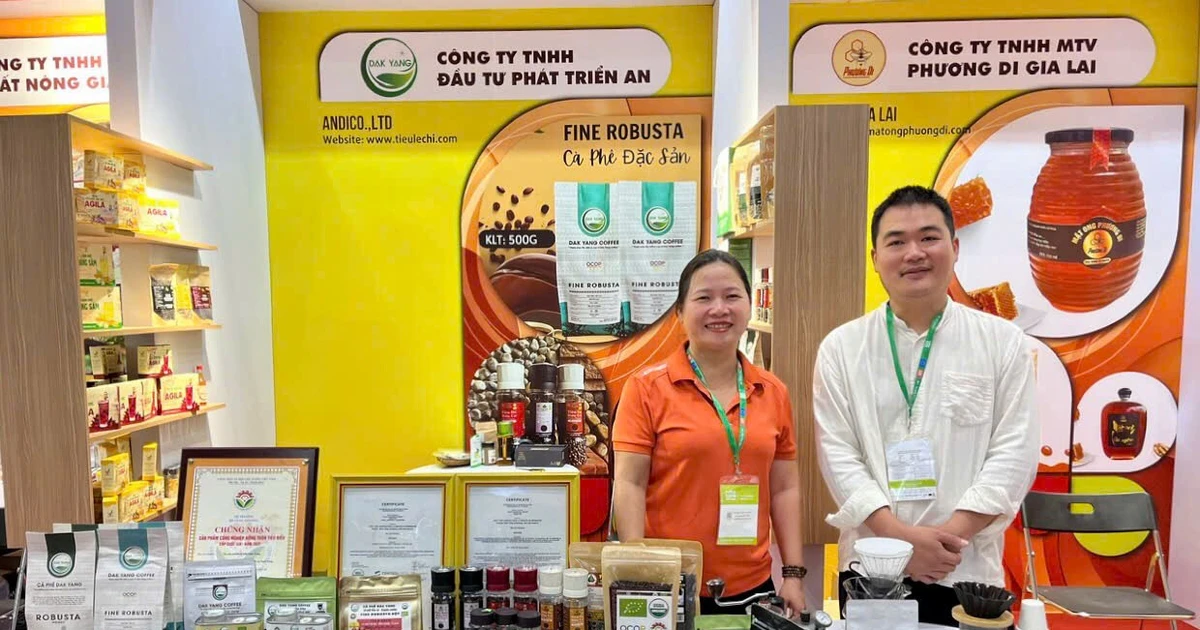

Comment (0)